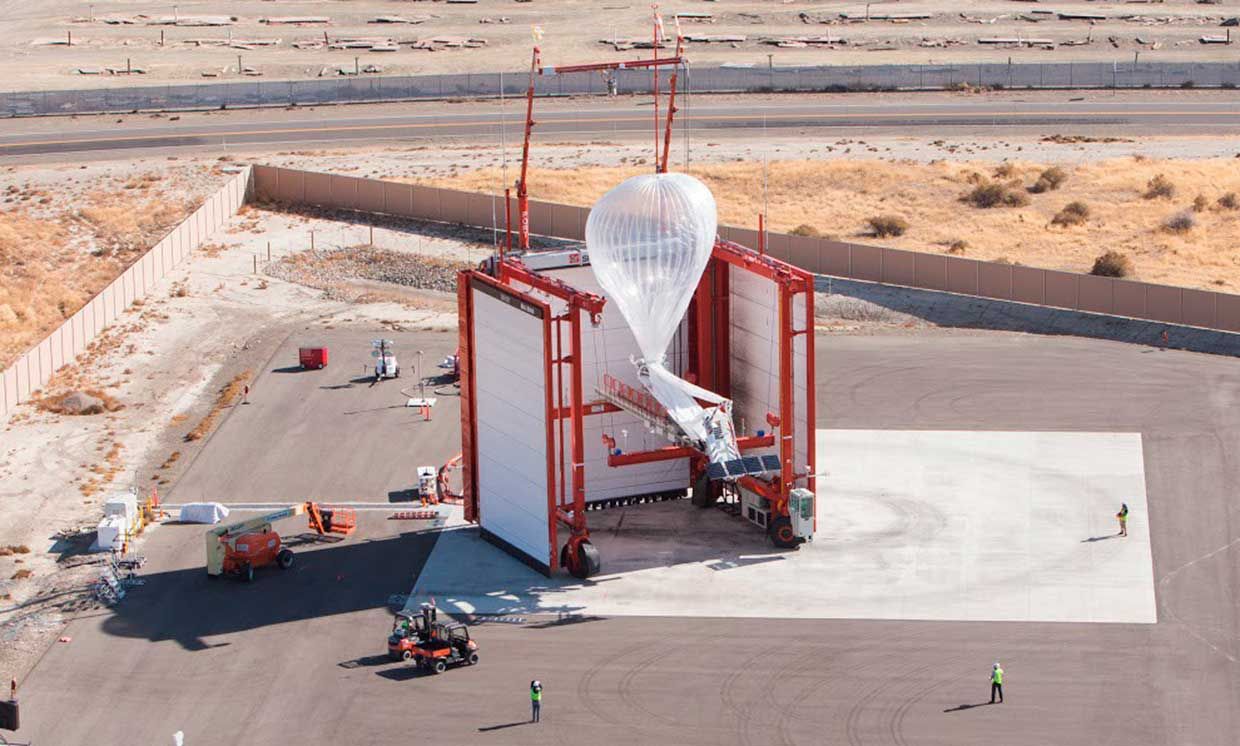Alphabet's Loon Failed to Bring Internet to the World. What Went Wrong?
Loon's soaring promise to bring Internet access to the world via high-altitude balloons deflated last week, when the company announced that it will be shutting down. With the announcement, Loon became the latest in a list of tech companies that have been unable to realize the lofty goal of universal Internet access.
The company, a subsidiary of Alphabet (which also includes the subsidiary of Google), sought to bring the Internet to remote communities that were otherwise too difficult to connect.
It's not entirely surprising that Loon wasn't able to close the global connectivity gap, even though the shutdown announcement itself seemingly came out of the blue. While the company had experienced some success in early trials and initial deployments, the reality is that the inspiring mission to connect the next (or last) billion users" touted by tech companies is more difficult than they often realize.
But first, why did Loon fail? According to the January 21 blog post by Loon CEO Alastair Westgarth that announced the company's fate, Loon wasn't able to find a way to get the costs low enough to build a long-term, sustainable business."
Loon, originally spun out of Alphabet's research subsidiary X, seemed to have some good things going for it. For one, the balloon-based business model promised to skirt the need for heavy infrastructure investments. Instead, each balloon could provide 4G LTE coverage over 11,000 square kilometers-an area that would otherwise require 200 cell towers to cover. The balloons could communicate with each other using wireless millimeter-wave backhaul links. All that was needed was one or two robust ground connections to the Internet backbone, and the balloons would theoretically be able to cover an entire country wirelessly.
The Loon team even figured out how to get the balloons to more or less stay put once they were in the air, which Sal Candido, Loon's chief technology officer, once told IEEE Spectrum was the biggest technical challenge facing the concept.
Loon first rose to prominence when its balloons provided wireless coverage to Puerto Rico after Hurricane Maria devastated the island's telecommunications infrastructure in September 2017. The company also created mobile hotspots in Peru in the wake of natural disasters on several occasions. Most auspiciously, the company deployed a commercial network in Kenya in partnership with service provider Telkom Kenya in July 2020.
 Photo: Loon Loon's custom launch system has three wind walls and can be rotated so the opening where the balloon drifts out always faces downwind.
Photo: Loon Loon's custom launch system has three wind walls and can be rotated so the opening where the balloon drifts out always faces downwind. Any network deployment is going to cost money, of course. And part of the problem with companies like Loon, according to Sonia Jorge, is that they expect unreasonable returns. Jorge is the executive director of the Alliance for Affordable Internet (A4AI), a global initiative to reduce the costs of Internet access, particularly in developing areas. In the tech industry, very fast growth has yielded expectations of very high and very fast returns," Jorge says, but in reality, such returns are uncommon. That goes double for companies connecting poorer or more remote communities.
It's also possible that Loon, while lowering the cost of delivering wireless coverage in a country like Kenya, failed to lower it enough. For example, if the typical monthly cost of Internet access is US 50 dollars more than the average person can afford, and Loon is able to lower the cost to 25 dollars more than that person can afford, it's still too expensive.
Which is not to say that Loon's efforts were foolish or meaningless. We absolutely need to experiment and innovate," says Jorge. People at Loon will take their knowledge and carry it elsewhere, in ways we can't even imagine yet." Loon's technological developments are already being carried over to another X project, Taara, which hopes to replace expensive fiber optic cable deployments with cheaper, over-the-air optical beams. Loon's tech also has potential applications in satellite communications.
Technological innovation can only be part of the solution. According to Jorge, bringing affordable access to everyone also requires innovative policy, and being realistic about assumptions like how quickly you can reallocate spectrum for a new wireless use. It also means working with and taking inspiration from small-scale efforts by rural providers that are already making affordable Internet a reality.
And although tech companies like Loon may plummet because they underestimate the challenges facing them, the reality is that providing global Internet access is not impossible. According to a 2020 report from A4AI, the cost of providing affordable 4G-equivalent access to everyone over the age of 10 on the planet by 2030 is about $428 billion-about the same amount of money the world spends on soda per year.
The biggest piece of advice Jorge would give to tech companies like Loon that are looking to make a serious impact in expanding affordable access is to know what they're getting into. In other words, don't guess at how easily you'll be able to access spectrum, or deploy in an area, or anything else. Work with local partners. Just because you're a wonderful inventor," she says, don't think you know it all. Because you don't."